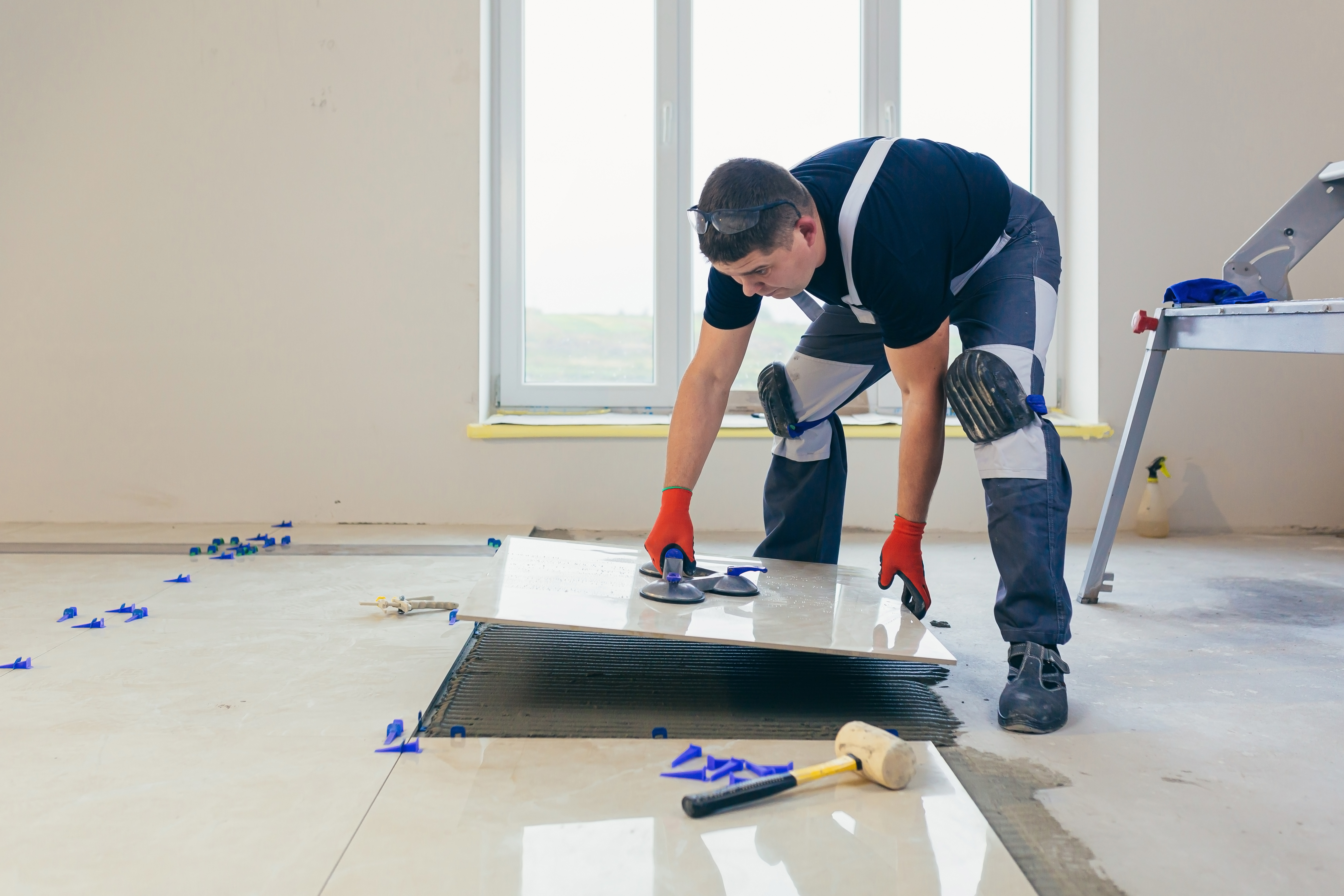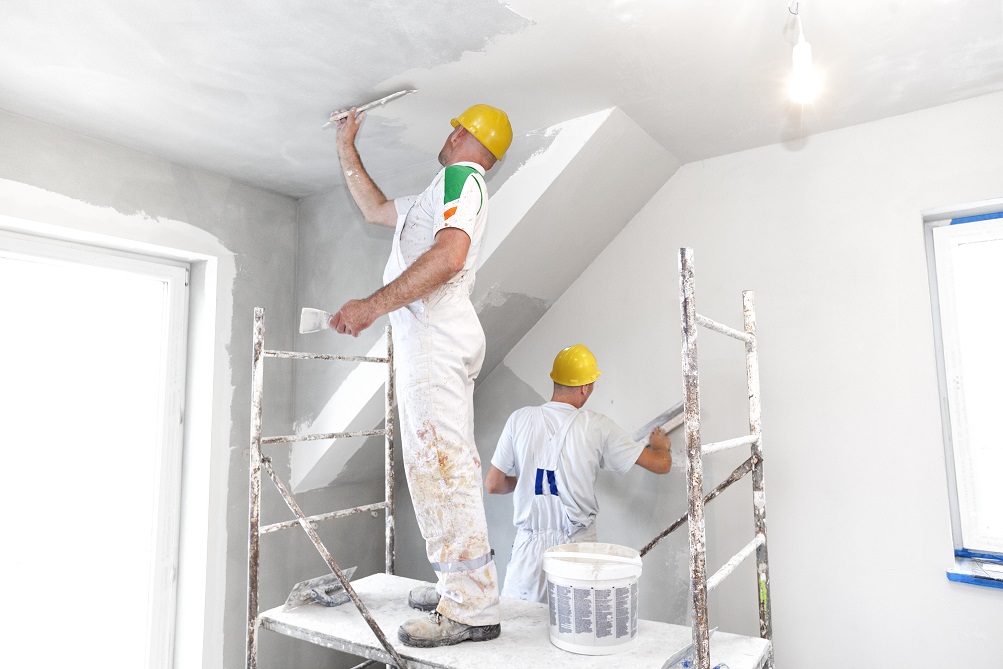

HPMC is a natural, high-molecular-weight cellulose made by a series of chemical treatments. It is a white or whitish powder with a carbonation temperature of 280-300° C and is soluble in water and some solvents, the Hydroxypropyl Methyl Cellulose has thickening, adhesion, dispersion, emulsification, film formation, suspension, adsorption, gel and protective colloid surface activity, as well as moisture retention.

HPMC is packaged in paper-plastic bags or cardboard drums lined with polyethylene bags. Formaldehyde is not used in the production process. The minimum film-forming temperature of the Hydroxypropyl Methyl Cellulose is 0°C , store in a sealed, dry, ventilated place, protected from the sun and rain during storage and transportation, and protected from moisture.

Because the HPMC is in a powder form, it has the following characteristics: easy mixing with dry powder formulation, cold water dispersion, effective suspension of solid particles, making the mixture smoother and more uniform has three advantages when mixed: a dry blend containing cellulose ether is easy to mix with water, fast to obtain the desired consistency, and fast to dissolve cellulose ether, so there will be no clumping.
Because of these characteristics, the HPMC is also often used as a joint filler for sheet metal, which has the advantage of good water retention, extended cooling time and increased efficiency. High lubricity can make construction easier and smoother. Secondly, it can improve the anti-shrinkage and anti-cracking, improve the surface quality, and can provide smooth and uniform texture, making the bonding surface more firm.
Most of the HPMC are now also used in the interior and exterior walls of water-resistant putty, but also as ceramic tile adhesive, to strengthen the adhesion between tile and wall. Its wide use in these areas is attributed to its superior water retention, high viscosity, and extended cooling time. In addition, the Hydroxypropyl Methyl Cellulose also increases the air content in the mortar, this greatly reduces the possibility of cracks and enhances the sagging resistance of the tile adhesive, thus preserving the integrity of the building for a long time.
HPMC is an indispensable material in cement-based plastering, masonry mortar and gypsum products. It can prolong the working time of mortar and improve the working efficiency, it also contributes to the high mechanical strength of the mortar during solidification. The Hydroxypropyl Methyl Cellulose also controls air penetration, eliminating micro-cracks in the coating and creating an ideal smooth surface.